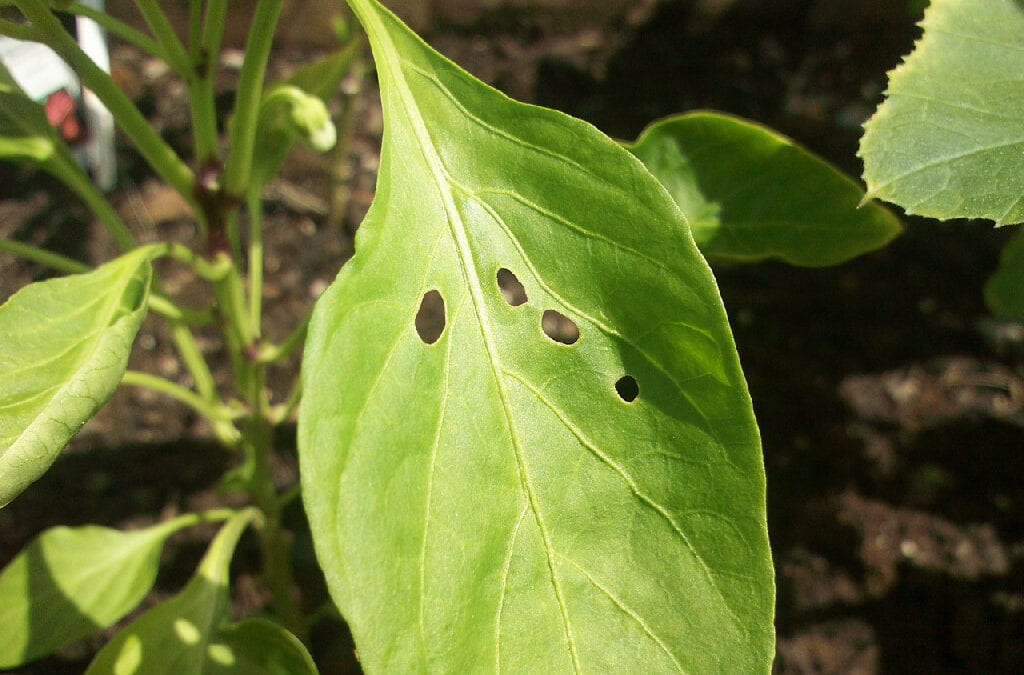“Don’t knock the weather. Nine-tenths of the people couldn’t start a conversation if it didn’t change.” Kim Hubbard’s words are certainly ringing true this spring. The roller coaster temperatures have had gardeners vacillating between the urge to get tomatoes in the ground and the scramble to dig up floating row covers from the back of the garage.
Many gardeners use the Mother’s Day weekend as permission from Mother Nature to plant all of their tender annuals and vegetables. But keep your ears tuned to your favorite forecaster. If night temperatures dip below 45 degrees, bring pots in close to the house and cover tender bedding plants like Coleus, Fuschia and Sweet Potato Vine. Tomatoes, Peppers and Basil are very tender, as well.
Luckily there isn’t much to do with your perennials other than sit back and watch them grow. Planting and transplanting most of them shouldn’t be a problem right now due to moderate temperatures in the 10 day forecast and good soil moisture. But remember to avoid dividing your plants while they are flowering.
According to those long range forecasts in the Farmer’s Almanac, we are in for a drier than average late spring, but a wetter than average summer. So this may be a banner year for slugs and earwigs. They love Hosta and will munch big holes in those luscious leaves overnight. There are tons of remedies for slugs including the ever-popular stale beer trap, as well as products like Sluggo or Bug-Geta.
We’re not sure how accurate the Almanac is, so if the weather ends up on the drier side, other insect populations can get out of hand. Soft-bodied bugs like Aphids and Lacewings are often washed off plants by a good, strong thunderstorm. It’s too soon to tell if there will be significant problems, but it doesn’t hurt to keep your eyes open. Watch your indicator plants. Roses, Linden and Hibiscus for instance, are all favorites of Japanese Beetles. When you spot the pests, you can treat more broadly. Ornamental trees and shrubs can be dosed with a systemic product.
Trees and shrubs that bear any kind of fruit should be treated differently. You don’t want any pesticides accumulating in the fruit. Keep systemic products away from Dogwood, Crabapple, Viburnum and Serviceberry, as well as the plants we consider fruit bearing for ourselves. These chemicals can be harmful to both humans and animals.
Find some space in your garden for butterfly attracting plants. The swallowtails love Bronze Fennel. There are also a lot of general butterfly magnets like Liatris and Coneflowers still to flower. Butterflybush should emerge soon from winter dormancy. They are famous for their fragrant, non-stop flower power. Grow them as tender perennials or pot them in containers as spectacular annuals.
And a final word about watering. We aren’t usually troubled by dry weather until late June or early July, but it wouldn’t hurt to be extra vigilant. Newly planted trees and shrubs require about one inch of water a week to ensure establishment. This is a practice that you will need to monitor until the ground freezes in November. Nobody enjoys watching a plant die from neglect.

